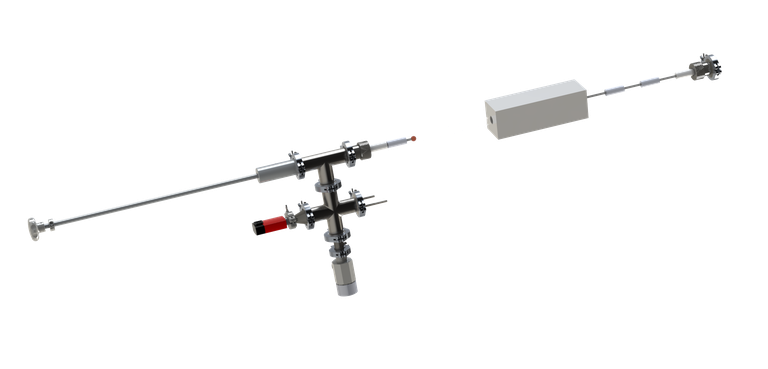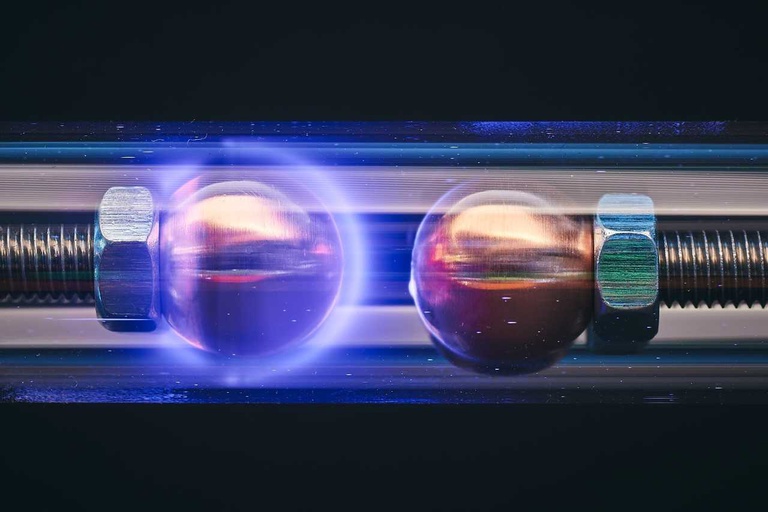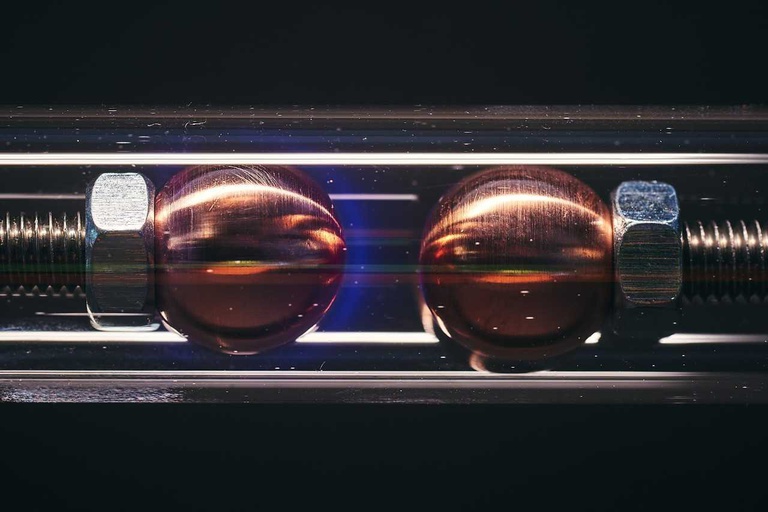As the automotive industry steers towards a future powered by electric motors, we're confronted with a host of unique challenges. It's not just about swapping out combustion engines for electric counterparts; it requires a comprehensive reengineering of vital automobile systems. From electronic architecture to the transformation of fuel tanks into accumulator storages, and the modification of transmission systems, every aspect demands meticulous attention. While some of these modifications may seem minor, they are paramount for ensuring the safety of drivers and passengers, as well as the reliable operation of the vehicle itself.
In light of these challenges, we are thrilled to collaborate with Daimler AG in pioneering the next generation of accumulator systems with enhanced safety measures. With battery fires emerging as a pressing concern in recent years, the need for innovative solutions has never been more urgent. Traditional extinguishing methods struggle to combat such fires effectively. To address this issue, one promising approach involves enveloping battery packs in a protective atmosphere. By surrounding them with a special mixture of gases, we can significantly reduce their flammability and enhance overall safety. This becomes particularly crucial given the large temperature fluctuations experienced by battery packs during operation, especially in electric vehicles where battery pack voltages can exceed 800 V.

Here at the Institute of Plasmatechnik und Grundgebiete der Elektrotechnik, in collaboration with experts from Daimler AG, we have developed a cutting-edge experimental setup aimed at determining Paschen curves for these protective gas mixtures under varying pressures and temperatures. Our goal is to identify the precise conditions—such as pressure, temperature, electrode spacing, and voltages—at which electrical breakdown occurs. The heart of our facility is a quartz glass test tube housing two copper electrodes: one fixed in position, while the other is connected to a linear feedthrough with a high-precision movement system with a minimal step about 3 micrometers. By finely changing the distance between electrodes and keeping the pressure within the test chamber constant by using a sophisticated valve system, forevacuum rotary pump, and gas feedthrough, we create the ideal environment for our experiments. Additionally, the central segment of the quartz tube is heated by thermoresistive heaters and insulated with mineral wool. The precise temperature control is performed with the help of the active PID controller system.


Through our rigorous testing efforts, we have gathered of data on Paschen curves for these protective gases. It is our fervent hope that these findings will pave the way for a safer future in electric automobiles, bolstering consumer confidence and driving innovation in the burgeoning electric vehicle market.